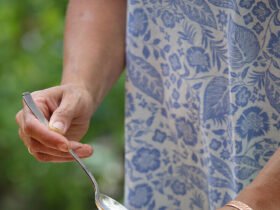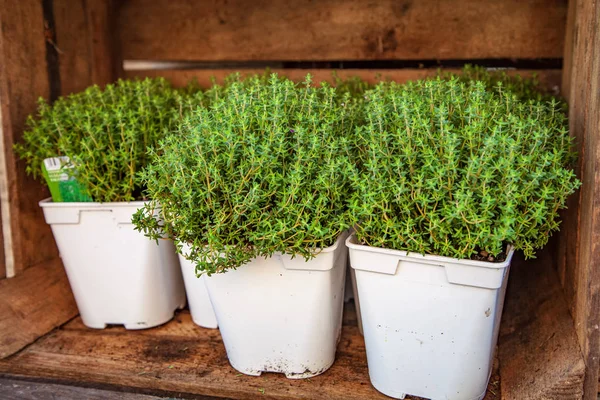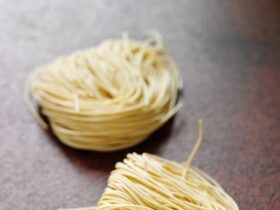Thyme is a versatile herb used in various cuisines worldwide. To preserve it, you can dry fresh thyme using different methods such as air-drying, oven-drying, or dehydrating. Harvest thyme in the morning when the dew has dried, and remove any dirt or debris from the leaves before drying.
Harvesting Thyme for Drying
Thyme is a popular herb that is used in cooking, and it is known for its strong aroma and flavour. Drying thyme is an excellent way to preserve it for future use. However, it is essential to harvest the thyme at the right time and use the correct cutting techniques to ensure optimal drying.
Identifying the Right Time to Harvest
The best time to harvest thyme is when it is in full bloom. This is when the plant is at its most fragrant, and the essential oils are at their peak. It is also important to harvest the thyme before the flowers start to fade. This is because the plant’s energy will start to shift from producing essential oils to producing seeds, which will result in a less flavorful herb.
Cutting Techniques for Optimal Drying
When cutting thyme for drying, it is important to use sharp, clean scissors or pruning shears. This will ensure a clean cut and prevent damage to the plant. It is also important to cut the thyme stems in the morning when the plant is at its most hydrated.
To dry thyme, tie a bundle of stems together with twine or string and hang them upside down in a warm, dry, and well-ventilated area. It is important to keep the thyme out of direct sunlight, as this can cause the essential oils to break down.
In conclusion, harvesting thyme at the right time and using the correct cutting techniques are crucial for optimal drying. By following these tips, you can ensure that your dried thyme will retain its flavour and aroma for months to come.
Drying Methods for Thyme
Thyme is a popular herb used in various cuisines around the world. It is known for its strong aroma and flavour, and it is often used in soups, stews, and sauces. Drying thyme is an excellent way to preserve its flavour and aroma for later use. Here are three methods for drying thyme:
Air Drying Thyme
Air drying is the most traditional method for drying thyme. It is simple and requires no special equipment. To air-dry thyme, follow these steps:
- Harvest the thyme early in the morning when the essential oils are at their peak.
- Wash the thyme in cold water and pat it dry with a paper towel.
- Tie the thyme in small bundles and hang them upside down in a well-ventilated area.
- Let the thyme dry for 1-2 weeks, or until the leaves are crispy and crumble easily.
- Remove the leaves from the stems and store them in an airtight container.
Oven Drying Thyme
Oven drying is a faster method for drying thyme. It requires an oven and a baking sheet. To oven-dry thyme, follow these steps:
- Preheat the oven to 170°F (77°C).
- Wash the thyme in cold water and pat it dry with a paper towel.
- Spread the thyme on a baking sheet in a single layer.
- Place the baking sheet in the oven and leave the door slightly ajar to allow moisture to escape.
- Let the thyme dry for 1-2 hours, or until the leaves are crispy and crumble easily.
- Remove the leaves from the stems and store them in an airtight container.
Using a Food Dehydrator
A food dehydrator is a convenient way to dry thyme. It requires a dehydrator and a few hours. To use a food dehydrator to dry thyme, follow these steps:
- Wash the thyme in cold water and pat it dry with a paper towel.
- Remove the leaves from the stems and spread them on the dehydrator trays in a single layer.
- Set the dehydrator to 95°F (35°C) and let the thyme dry for 2-4 hours, or until the leaves are crispy and crumble easily.
- Store the dried thyme in an airtight container.
In conclusion, drying thyme is an easy and effective way to preserve its flavour and aroma. Whether you choose to air dry, oven dry, or use a food dehydrator, each method will yield delicious and fragrant dried thyme that can be used in a variety of dishes.
Related










